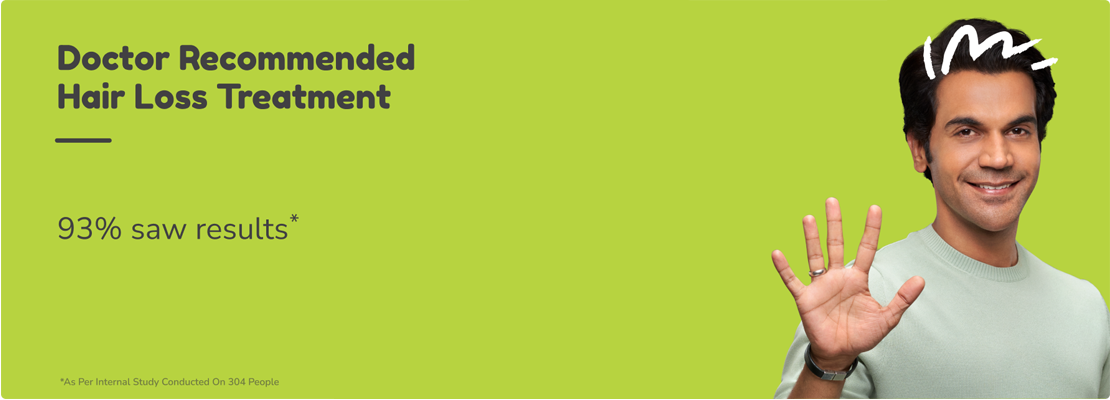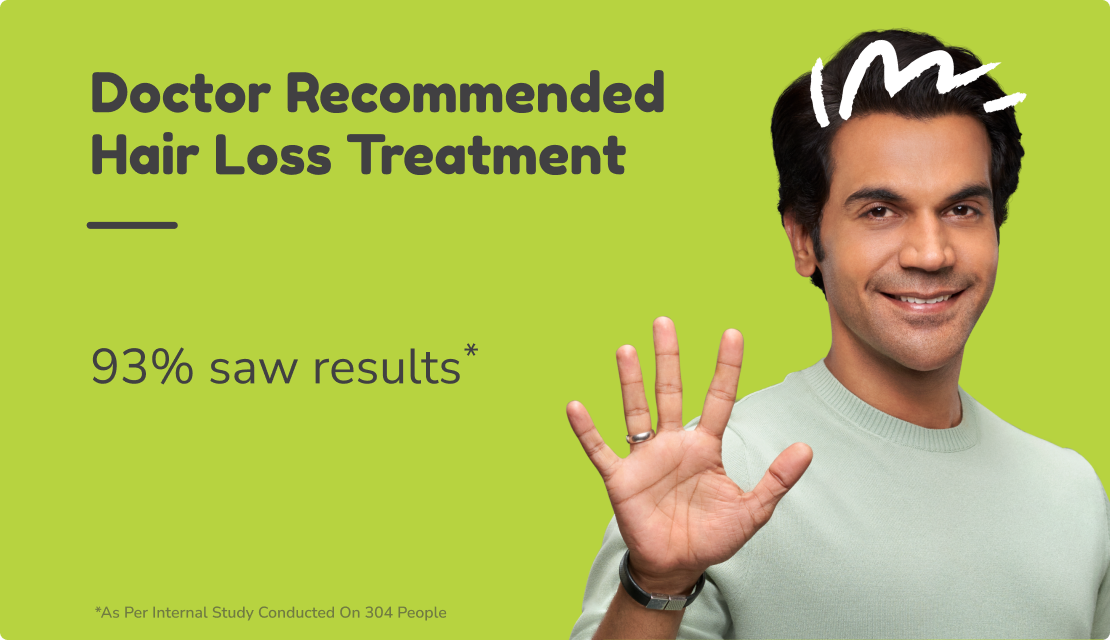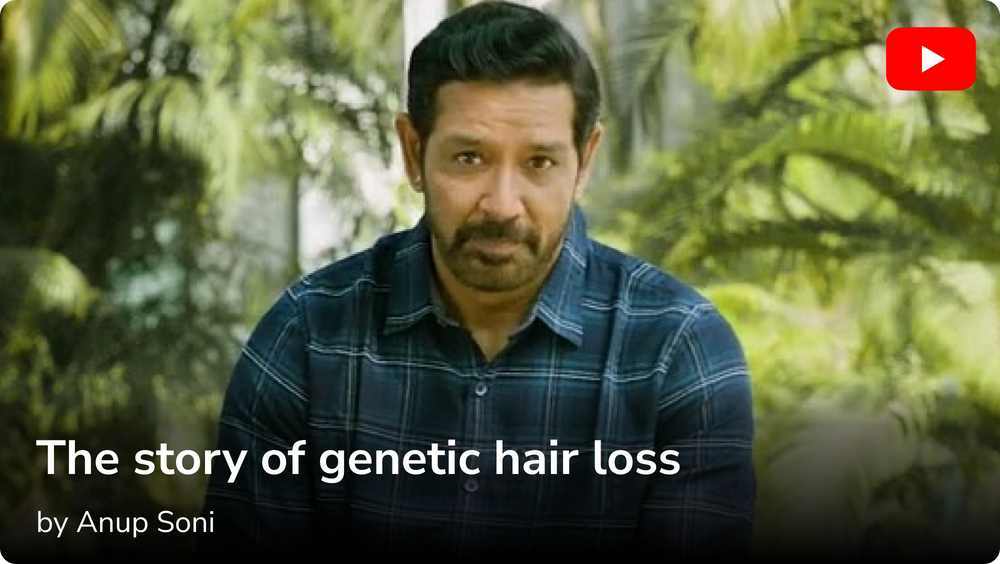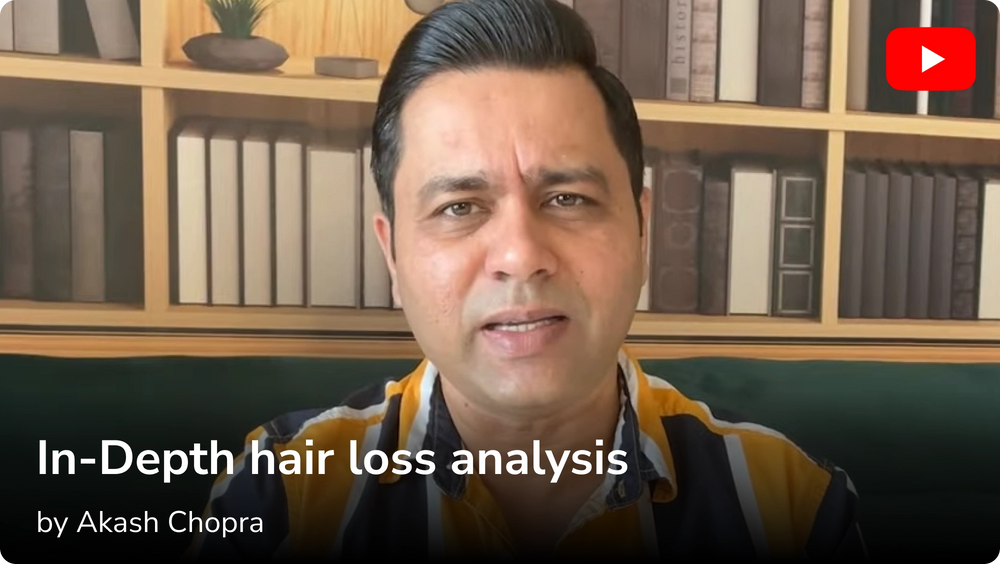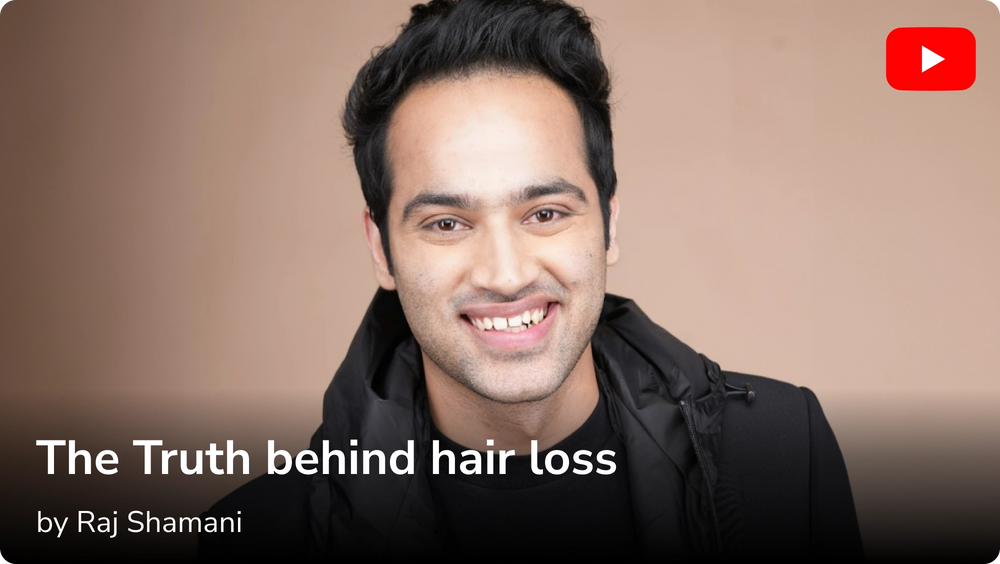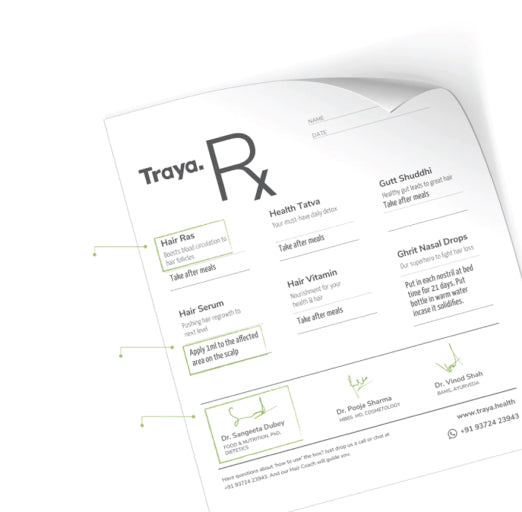Introduction
In today’s fast-paced life, where we hardly get time for ourselves, taking care of our hair is a major challenge. This is where hair spa at home treatments come into play. Spa at home is one of the most effective and convenient ways to restore hair health by intensely moisturizing your locks, and that too without having to step out of your home.
With a few moisturizing products and a hint of time, your bathroom can be transformed into a spa retreat, that can give you an equally relaxing experience, fitting perfectly into your busy schedule. By including nourishing techniques tailored to the individual’s hair's unique needs, a hair spa at home can enhance both the health of hair and overall well-being by eradicating stress.
Spa at home is not just a mere hair care routine, it can actually turn out to be a rejuvenating ritual that can fight various hair health problems. It helps in controlling oil production in people who have excessively oily hair, is also known to strengthen hair follicles and damage repair, improves blood circulation in the crown which in turn helps in hair growth. Spa treatment for hair can actually become your go-to holy grail for nourishing your dry and damaged mane.
Step by step guide to perform a hair spa at home:
Step-1 (oiling)
Warm up some hair oil which is suitable for your hair type and gently massage it on your scalp in circular motions for reaping the maximum benefits. Oils like Traya’s nourish hair oil which contains herbs and cold pressed oils that go deep into the hair are recommended to use when doing spa at home.
Oiling hair without properly massaging the hair is like an omelet without eggs. Without knowing how to massage your hair properly, one can never reap the benefits of oiling to the fullest. It starts with sectioning the hair into 4 to 8 parts, and gently massage the oil in circular motions so that it goes deep into the hair roots. This way of massaging oil on the scalp is known to improve blood circulation which can in turn enhance hair health and also promote hair growth
One of the most relaxing as well as important hair spa steps, hair steam is the third step in our spa regime. This step is crucial as it allows the hair to absorb the moisture provided to them by oiling, which helps in minimizing damage caused by breakage.
Step-4 (hair mask application)
Hair spa procedure in considered incomplete without ample amount of pampering your hair- which can be done by applying generous amounts of hair spa mask. It helps in moisturizing hair and eliminating frizz. Hair masks help in deep conditioning hair by seeping the moisture in each and every hair strand.
Step-5 (rinsing)
The second last step of hair spa process is to rinse off the masks and oil. Washing your hair after the treatment is one of the most crucial hair spa steps as it involves cleansing without stripping off the moisture. It is recommended to use a mild shampoo like Traya’s Defense shampoo which is a sulphate-free cleansing formula which helps in clearing the scalp area without stripping off the natural oils.
After shampooing, the last step to follow while doing hair spa at home is deep conditioning. This step is known to lock in moisture and helps in managing hair efficiently and also reduces chances of damage. For best results, it is advised to first remove excess water from hair after shampooing, and then apply a thick layer of conditioner along the lengths of hair. After leaving it for 10 to 15 minutes, rinse it off with water.
Benefits of hair spa
- Nourishes like nothing else: usage of moisturizing elements like conditioners, oils and hair masks in the hair spa process provides extensive nourishment to the hair. Hair massages and application of moisturizing products enhances blood circulation and makes hair healthier and well nourished.
- Strengthens hair roots: if your hair is prone to breakage, a hair spa can work wonders for you. Spa treatment for hair gives the scalp the nutrients and essential oils that it needs. This results in strong roots, which means strong and healthy, shiny hair. Strengthened hair roots makes hair stronger which helps with hair fall.
- Stress management: apart from its advantages to the hair and scalp, hair spa procedure is known to relieve stress and allow a person to relax. It works by calming nerves, promote blood circulation in the crown and puts an individual in a slumber.
- Shiny hair: regular hair spa treatments help in management of dry and frizzy hair by providing that long-lost shine. It strengthens and smoothens the hair cuticles by adding moisture through oils and hair masks. This helps in getting that sleek and shiny look on your hair.
- Hydration: A hair spa treatment can help in providing ample amount of hydration to the scalp and hair lengths by locking in the moisture. It leaves the hair well hydrated giving it that voluminous, bouncy look.
Essential ingredients (DIY) for hair spa
Best hair spa treatments for different hair types
Dry hair
- Hair spa at home for dry and frizzy hair starts with a very nourishing pre-shampoo regime, using oils like avocado or olive oil, to deeply hydrate and soften the hair lengths.
- Follow up with a mild, sulphate free shampoo and apply a hydrating hair mask, incorporating ingredients like honey, avocado, yogurt or milk focusing on the lengths where dryness is most prevalent.
- Finish up with a gentle rinse with cold water to seal in moisture and hydration. Such treatments regularly can help restore the long-lost moisture, minimize frizz, and give shine to the hair, that makes hair silky and revitalized.
Oily hair
- For oily hair, hair spa regime that can help balance oil production and refresh your scalp is needed. Addition of essential oils like tea tree and peppermint oil can help in eradicating excessive oil production.
- One must begin with a lightweight oil like argan oil and follow up with a clarifying shampoo to remove excess buildup.
- A scalp scrub can also be used to deep-cleanse as well as unclog pores.
- Apply a lightweight hair mask with ingredients like clay or green tea, which helps in reducing excessive oil production and at the same time nourishes your hair. Rinse it off with cool water to tighten pores and reduce oil. Such regular treatments can help in maintaining a clean, fresh scalp and oil free hair.
Frizzy hair
- Hair spa for frizzy hair can turn out to transformative. A moisturizing and hydrating shampoo followed by a deep conditioning mask enriched with ingredients like shea butter, honey, yogurt, flaxseed gel, aloe vera or avocados, which help to smooth and minimize frizz.
- After conditioning, it is advised to use a leave-in serum or lightweight oil like argan or jojoba oil to lock in moisture and reduce the shapeless fly aways. Regular treatments including moisturizing ingredients can help in reducing frizz by locking in moisture and enhancing shine.
Dandruff prone scalp:
- spa treatment for hair which are prone to dandruff is different from other hair types. A clarifying or cleansing shampoo (sulphate free) must be used followed by a conditioner.
- Apple cider vinegar, yogurt, lemon juice, flaxseed gel are some ingredients that be incorporated in hair masks and can help in treating dandruff.
- Using essential oils like tea tree or peppermint oil can help in reducing inflammation and treating dandruff. Keeping hair clean by regular shampooing and DIY treatments can help in reducing dandruff.
Colored or chemically treated hair
- According to experts, hair spa is good for hair that are colored or chemically treated. A nourishing hair spa regime is important to maintain hair health and shine.
- You can start by washing hair with a sulfate-free shampoo to avoid stripping color as well as natural scalp oils. Follow this up with a deep conditioning treatment containing moisturizing elements to rewind damage and restore elasticity, providing vibrancy to the hair.
- It is recommended to use a hair mask that is either specifically designed for colored or chemically treated hair or simply look for natural ingredients like argan oil, or shea butter for additional hydration as well as color protection.
- After rinsing out the mask, a leave-in conditioner or serum can be applied to seal in moisture and add vibrancy and shine.
- Finish up with a gentle scalp massage in circular motion using a naturally nourishing oil, such as coconut or almond oil, to enhance blood circulation and promote healthy hair growth.
- it is advised to avoid using excessive heat styling methods and instead use a wide toothed comb to detangle hair gently, when wet. Regular trims will also help keep ends bouncy and prevent split ends.
FAQs
How can I do a hair spa at home?
A hair spa routine at home involves oiling and massaging hair and scalp gently by choosing a suitable oil for a particular hair type, and steaming followed by shampooing and deep conditioning. Applying DIY nourishing hair masks after this can help in intense hydration.
What are the steps of a hair spa?Hair spa at home involves 6 steps in total- oiling, massaging, steaming, hair mask application, rinsing and conditioning.
Can I do spa at home every day?Hair spa at home is recommended for not more than two to three times per week.
Are there any disadvantages of hair spa?Some disadvantages of hair spa are:
- It’s a time consuming procedure.
- Shampoos and conditioners often contain chemicals that can cause some adverse effects if used on a daily basis.
- It can fade hair color eventually with time.
Crucial steps of hair spa, oiling, massaging hair can help in enhancing blood flow which in turn strengthens hair roots and follicles. This helps in improving hair health and reduced hair fall or even breakage.
Is steaming necessary in a hair spa routine?Steaming hair after the application of oils can help in hydrating hair better as it makes the products go deep into the roots that strengthens hair strands.
What is the best time to do a hair spa?The most suitable hair spa time is when the hair is clean, i.e., when you have just shampooed the hair. This helps in better application of products.





